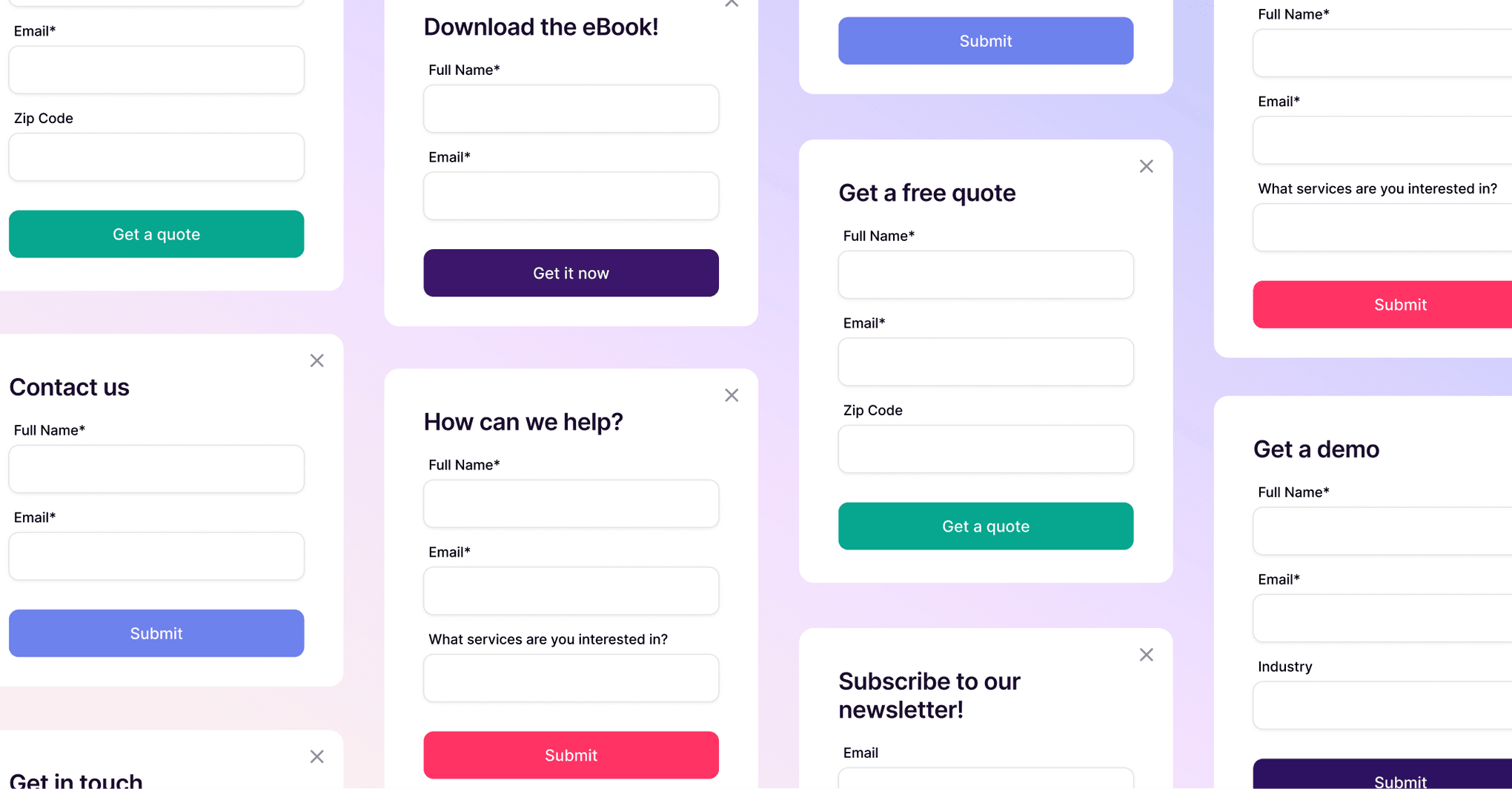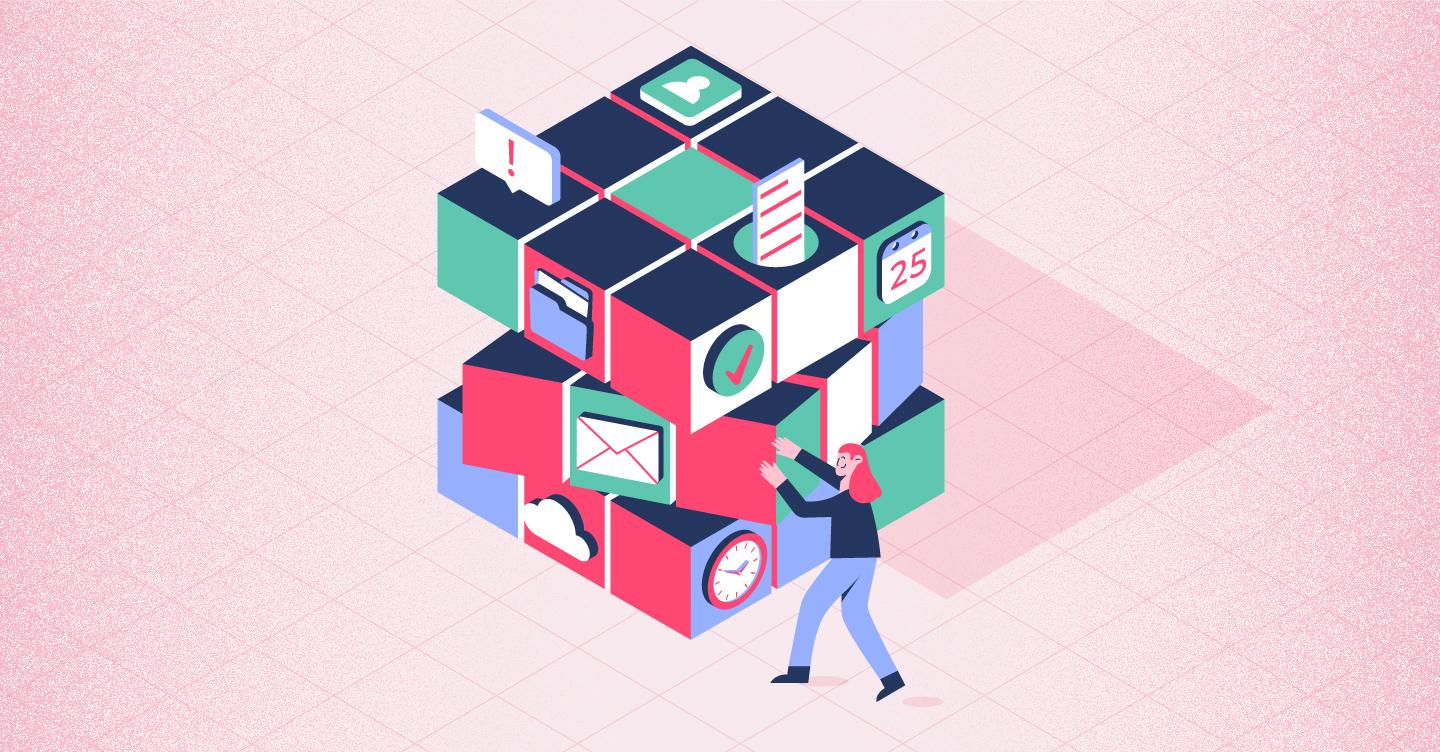Copper Staff
Contributors from members of the Copper team
Thinking about making the switch to Google from Microsoft Office 365? You’re not alone—and honestly, it might be the upgrade you didn’t know you needed.
Google Workspace now has over three billion users. Yep, billion with a B. That’s nearly 11 times more than Microsoft Office 365’s 270 million users. So if you’ve been wondering why so many teams are switching to Google, the numbers kind of speak for themselves.
From its intuitive features to its transparent pricing, there are many reasons for Google Workspace’s growth. That's why switching to Google just makes sense—especially for teams who are tired of clunky systems and endless email chains. Additionally, Google just made it easier to make the switch.
If you’re ready to make the move (or just thinking about it), we’ve got everything you need to know about how to switch without the stress.
8 Reasons to switch to Google Workspace from Office 365
In a head-to-head comparison between Google Workspace and Office 365, Google Workspace comes out on top almost every time. Here are seven reasons why.
1. Simple and focused applications
Google and Microsoft offer pretty identical core applications. From a word processor and spreadsheet to an email platform and more, both suites have a lot to offer. But Google’s apps are pared down to simplify use and focus on collaboration.
Additionally, Google’s applications and features are made to work in the cloud and on your browser, so they never bloat your hard drive — compared to Office 365, which operates better when you use their desktop applications. Instead, you and your team get access to all the applications you need in one place.
2. Preferred by younger generations
Let’s face it: Gen Z and millennials aren’t just digital natives, they’re digital power users. And when it comes to the tools they actually want to use at work, Google Workspace is high on the list. In fact, 33% of young professionals say they prefer using Google Workspace over other platforms. What really sets it apart? Real-time editing, seamless communication, and the kind of simplicity that doesn’t require a manual to get started.
This matters a lot when you look at the makeup of today’s workforce. Millennials are expected to make up 75% of the global workforce by 2025, and Gen Z already accounts for 18% of the U.S. workforce as of 2024—and growing fast. These are the generations shaping how we work now and in the future. So if you're still debating whether to switch to Google Workspace, consider this your sign. Making the switch means giving your team the tools they already know, love, and thrive in. It’s not just a productivity upgrade—it’s how you stay relevant to the people who’ll drive your business forward.
3. Better communication and collaboration
Let’s be real: remote and hybrid work isn’t going anywhere. In fact, around 62% of employees are still working from home at least part-time. So, the way we collaborate—digitally—isn’t just important, it’s make-or-break for your business.
That’s why choosing the right productivity suite matters more than ever. It’s not just about docs and spreadsheets—it’s about how easily your team can work together, give feedback, and stay on the same page.
According to this survey, Google Workspace users consistently rated their experience better than Microsoft 365 users when it came to collaboration and communication.
Here’s what stood out:
-
92% of Google Workspace users said real-time collaboration is their team’s go-to, compared to 78% of Microsoft 365 users.
-
50% of Google users strongly agreed it’s easy to get feedback on their documents—versus just 38% of Microsoft users.
-
And maybe most surprising? 43% of Google users said it’s easy to find and reference past conversations. Only 29% of Microsoft users could say the same.
Bottom line: switching to Google Workspace isn’t just a software choice—it’s a collaboration upgrade. Google keeps evolving its tools to make remote teamwork feel less like a hassle and more like second nature.
4. Prioritizes ease of use
Most professionals likely have some familiarity with both application suites. But Google Workspace is much easier to use for the layperson. Like with all Google products, Workspace prioritizes ease of use and works seamlessly in the background. With Google, everything is tightly integrated and made to work wherever you are, with easy access from your smartphone or any internet-connected device.
For example, your Google Docs are automatically saved, so you never have to have that fear of losing your work. Additionally, it works offline, too, so you can access everything you need all the time.
5. A better email experience
People have pretty strong preferences when it comes to Gmail versus Outlook. But Gmail comes in at half the price of Outlook while offering the same comprehensive features. In addition, Gmail has advanced security tools to keep your business emails and valuable information safe.
It’s no wonder why so many companies are looking at how to migrate email from office 365 to Gmail.
Get the latest from our blog every month
6. Improved productivity
Google Workspace has been proven to boost productivity. Google emphasizes intuitive features and functions and makes it easy for you and your team to stay on the same page to get work done more efficiently. It’s designed to automate your processes and work in the background of your normal business workflow so your team can get work done faster and easier.
Compared to Microsoft, which requires a separate, local platform, Google Workspace helps companies increase employee efficiency with its intuitive design and customizable tools.
7. Mobile-friendly
Google Workspace offers a much friendlier experience for mobile users. In fact, 76% of all Google Workspace users report using their mobile phone to work (compared to only 61% of Microsoft users). This can be a huge differentiator if anyone on your team works on the go or outside the typical office setting.
8. Copper CRM compatibility
Let’s be honest: bouncing between your CRM and your productivity tools all day? Total energy drain. The constant copying, pasting, and tab-hopping slows everyone down.
That’s why we built Copper for Google Workspace. It's the CRM for Google Workspace users who are tired of clunky workarounds and half-baked integrations. When your Google Workspace CRM actually lives inside the tools you already use (like Gmail, Google Calendar, and Drive), everything just flows. You can manage relationships, track deals, and collaborate with your team without ever leaving your inbox.
Some might say building only for Google is limiting. We say it’s the smartest decision we’ve made. Instead of being everything to everyone, we’re doubling down on being the best CRM experience possible for teams already living in Google Workspace.
Because let’s face it: the future of work is fast, focused, and deeply integrated—and we’re betting on Google all the way.
Why we’re betting big on Google Workspace
We’re not fence-sitters. We’ve bet big on Google Workspace because we truly believe it’s the smarter, faster, better way to work.
It’s not just the fact billions of users use it worldwide. Or the fact that Workspace holds over 50% of the productivity suite market, edging out Microsoft. It’s the way Google Workspace is built: for collaboration and flexibility (things we value, too, at Copper!).
Here’s what makes Workspace a no-brainer:
- It’s made for real-time teamwork, not just passing documents back and forth
- It’s cloud-first and mobile-friendly (because, let's face it, work doesn’t always happen at a desk)
- It’s familiar to younger generations who’ve used it since school and expect it at work
And let’s not forget: we built Copper to fit right in with it.
If you’re using Workspace (or about to switch), Copper is the CRM that makes everything click into place. Your Gmail, Calendar, Drive: it’s all connected. No copy-pasting. No juggling tools. Just a CRM that works quietly in the background while you focus on the stuff that matters: building relationships, closing deals, and growing your business.
We’re not just compatible with Workspace. We’re built for it. That’s the difference.
How to migrate from Microsoft to Workspace: make the switch today
Google recently made it much easier to migrate from Microsoft 365 with their Google Workspace Migrate feature. It quickly scans your current environment to help you plan for the migration. Then, it assists with your total migration and tracks the progress.
Additionally, you can choose to selectively migrate or migrate all users, and choose which user data you want to migrate. Before getting started, you’ll want to check if it’s right for you and ensure that your setup meets the requirements.
Once you’re ready, you simply install and set up the Google Workspace Migrate platform to get started.
While you’re here, consider giving Copper CRM a try. We help businesses like yours streamline your sales and marketing pipelines, track customer relationships and more from within your favorite Google apps. Try Copper free for 14 days.






